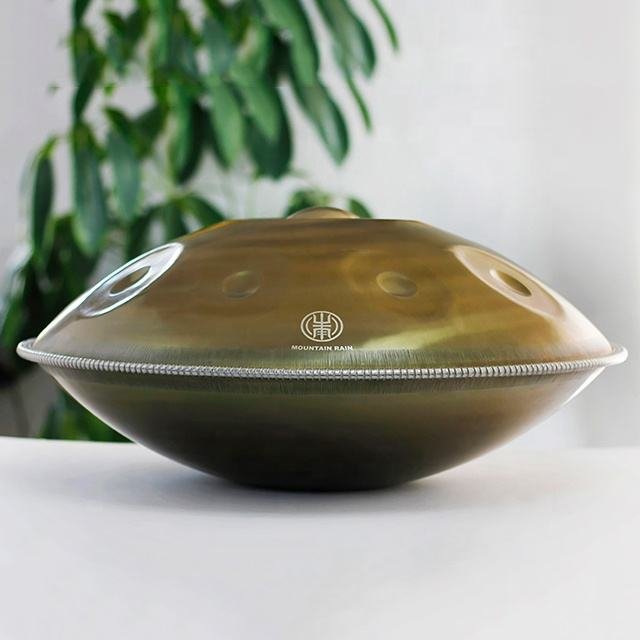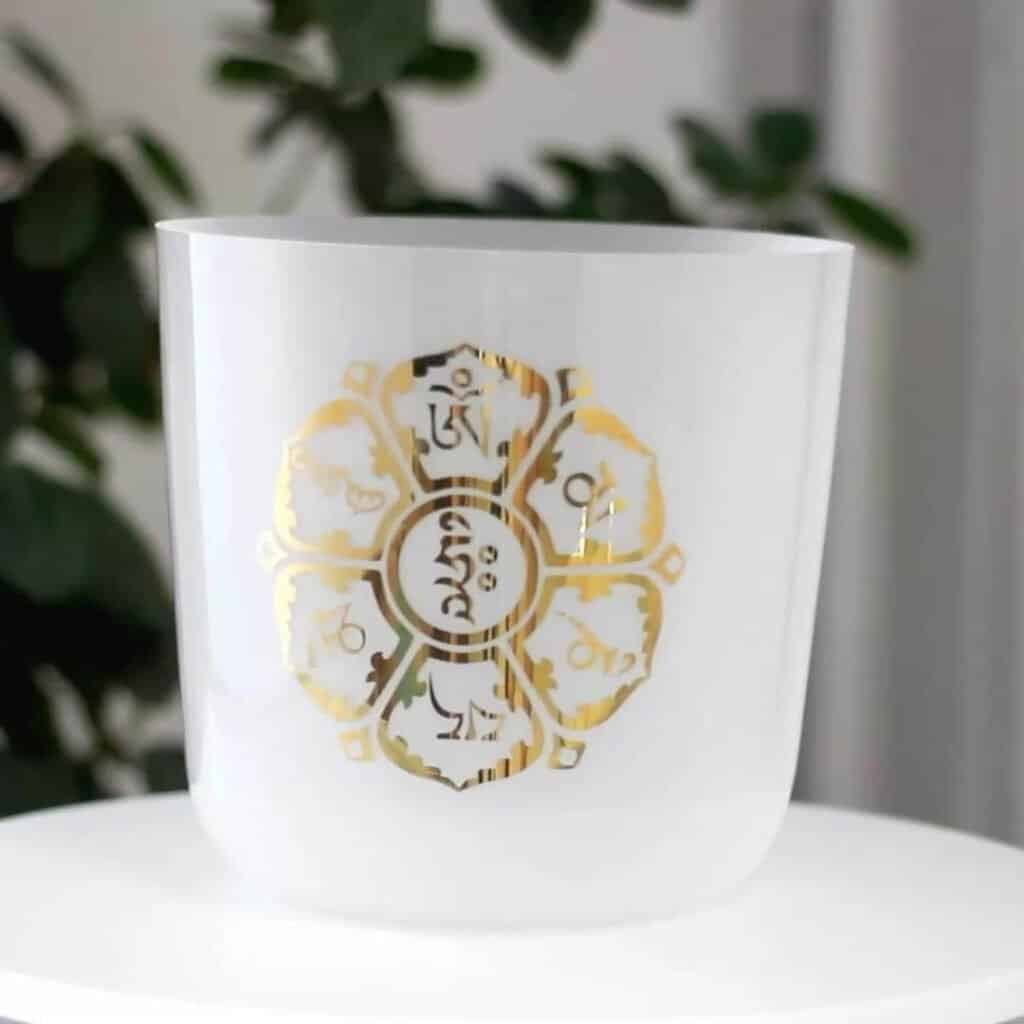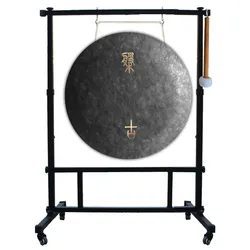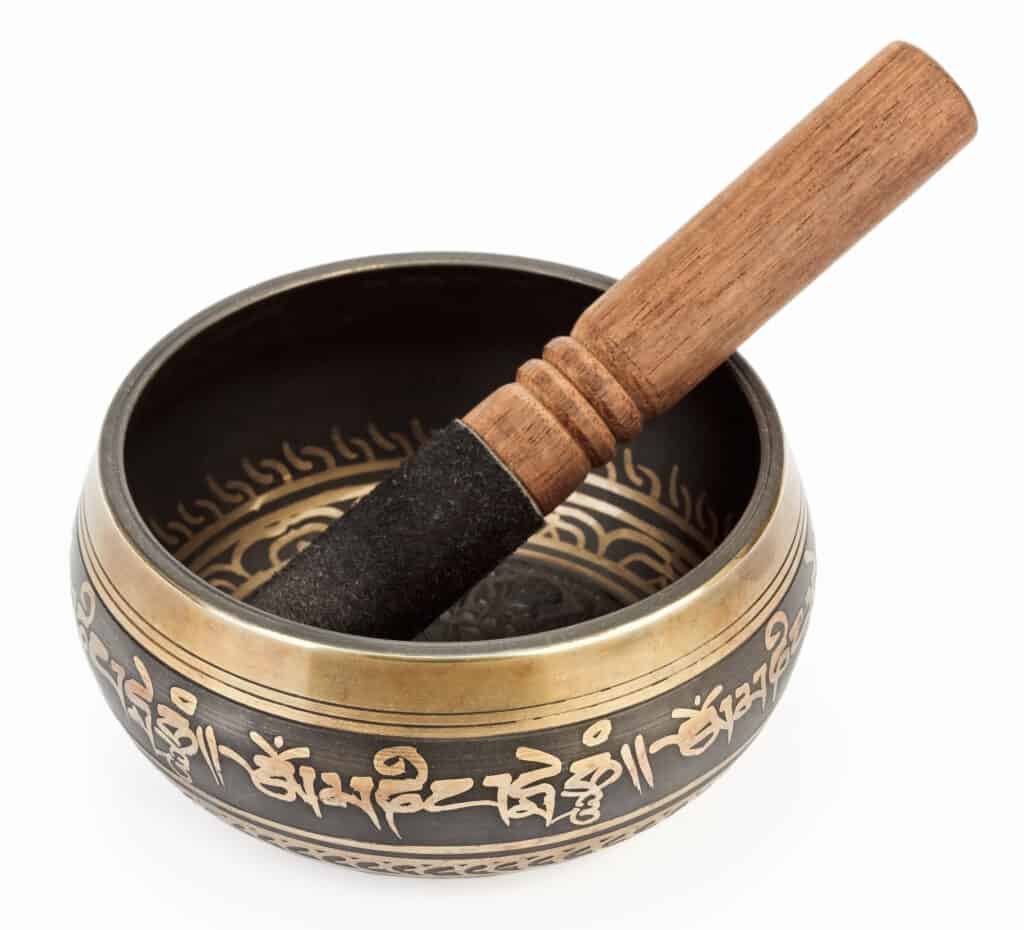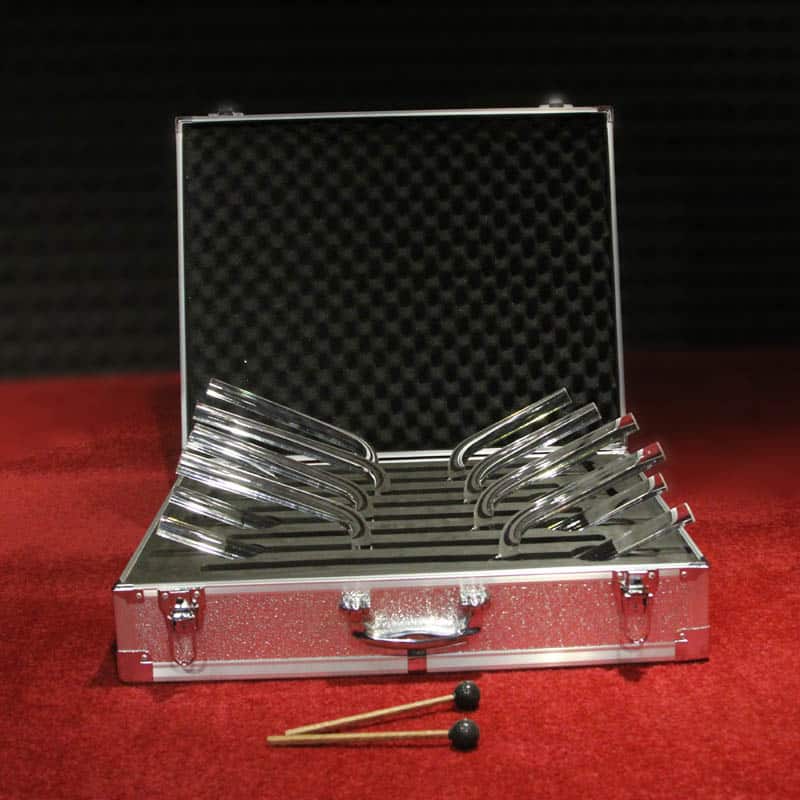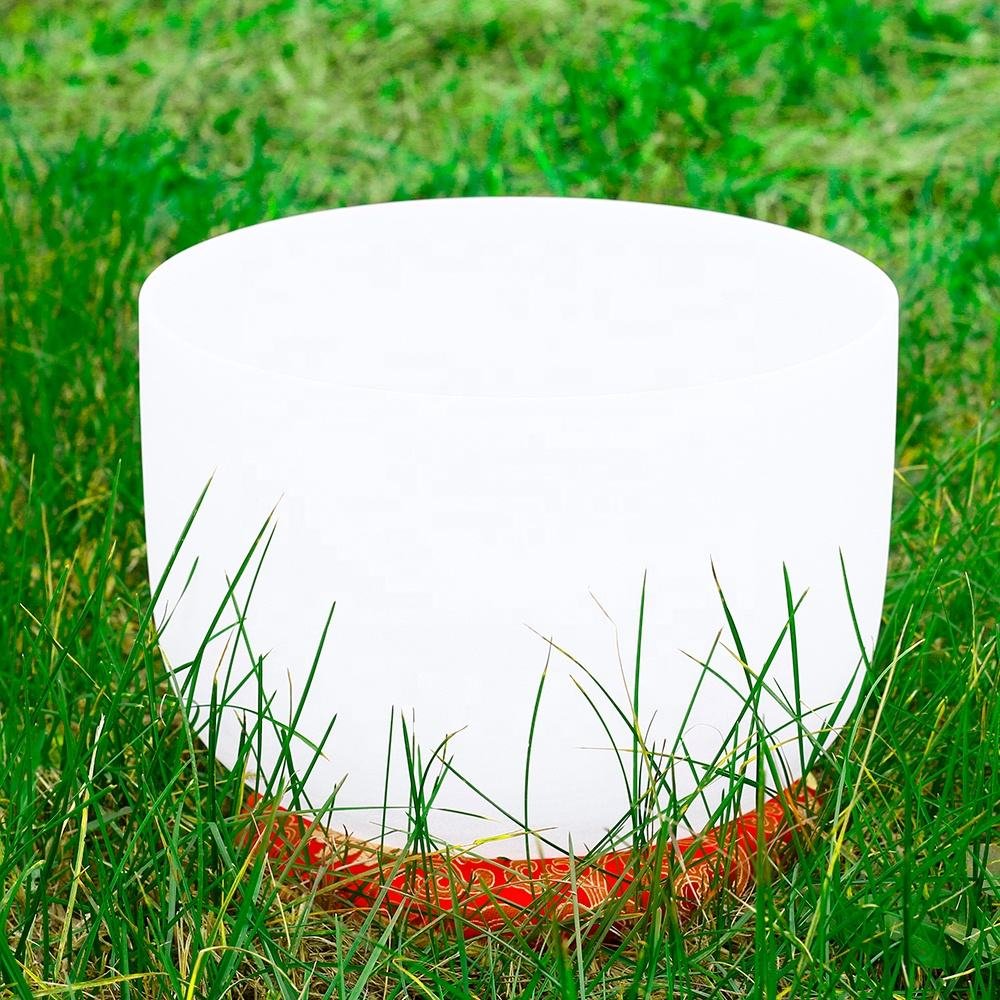Introduction
A steel tongue drum, also known as a tank drum or hank drum, is a percussion instrument made from a hollow steel shell with carefully placed tongues or notes. When played, these tongues produce distinct tones that create a mesmerizing and calming effect. The popularity of steel tongue drums has grown rapidly in recent years due to their versatility, portability, and ease of playing.
Understanding Steel Tongue Drums

Steel tongue drums are designed to be played intuitively, even by beginners with no musical background. They typically feature a central dome with tongues arranged in a circular or semi-circular pattern. Each tongue is tuned to a specific pitch, allowing players to produce melodic patterns by striking them with their hands or using mallets.
Factors to Consider
When choosing a steel tongue drum, several factors should be taken into account to ensure you find the right instrument for your needs:
1. Size and Weight
Consider the size and weight of the steel tongue drum, especially if you plan to carry it around or travel with it. Smaller drums are more portable but may have fewer notes, while larger ones offer a wider range of tones but can be bulkier.
2. Material and Build Quality
The material and build quality of the steel tongue drum influence its durability, resonance, and overall sound. Look for drums made from high-quality steel that can withstand regular playing and environmental conditions.
3. Tuning and Scale
Different steel tongue drums are tuned to specific scales or musical modes, such as major, minor, or pentatonic. Consider the scale that resonates with you and the type of music you intend to play. Experiment with different tunings to find the one that suits your preferences.
4. Sound Quality
Pay attention to the sound quality produced by the steel tongue drum. Each drum has its unique timbre and resonance. Some drums may have a softer, mellower sound, while others produce brighter and more vibrant tones. Choose a drum that appeals to your ears and resonates with the emotions you want to evoke.
Types of Steel Tongue Drums

Steel tongue drums come in various forms, each with its own characteristics and playing style. Here are some popular types you might encounter:
1. Traditional Steel Tongue Drums
Traditional steel tongue drums feature a circular arrangement of tongues and are often tuned to specific scales. They are versatile instruments suitable for various musical genres and playing styles.
2. Handpan
Handpans, also known as hang drums, are a variation of the steel tongue drum with a unique shape and a distinct resonating chamber. They produce rich, harmonic overtones and are often used for melodic and meditative music.
3. Tank Drum
Tank drums are compact and portable instruments with a simple design. They usually have fewer tongues compared to traditional steel tongue drums but still offer a pleasant sound. They are great for beginners and casual players.
4. Hank Drum
Hank drums are similar to tank drums but have a different layout of tongues, resulting in a distinctive sound. They produce warm, mellow tones and are popular among musicians and enthusiasts.
Playing Techniques and Styles
Playing a steel tongue drum is an intuitive and enjoyable experience. You can use your hands or soft mallets to strike the tongues, creating melodic patterns and rhythmic sequences. Experiment with different striking techniques, hand positions, and dynamics to explore the full potential of your instrument. The steel tongue drum can be played as a solo instrument or in combination with other instruments, allowing for endless creative possibilities.
Maintenance and Care
To ensure the longevity of your steel tongue drum, it’s essential to follow proper maintenance and care practices. Here are a few tips:
- Store the drum in a dry and cool place when not in use to prevent moisture buildup.
- Clean the drum with a soft cloth after playing to remove any fingerprints or dirt.
- Avoid exposing the drum to extreme temperatures or direct sunlight, as this can affect its tuning and material integrity.
- Periodically check and retune the tongues if necessary to maintain optimal sound quality.
Where to Buy
Steel tongue drums can be purchased from various sources. Consider the following options:
- Music stores: Visit local music stores or instrument shops that specialize in percussion instruments.
- Online marketplaces: Explore online platforms that offer a wide range of steel tongue drums, providing detailed product descriptions and customer reviews.
- Handcrafted options: Consider supporting independent artisans who handcraft steel tongue drums. They often offer unique designs and personalized services.
Budget Considerations
The price range of steel tongue drums can vary significantly depending on factors such as size, material, and brand. Set a budget that aligns with your expectations and level of commitment. It’s advisable to invest in a drum that offers good quality and suits your musical aspirations.
Conclusion
Choosing a steel tongue drum requires careful consideration of factors such as size, material, tuning, and sound quality. By understanding the different types available and considering your playing style and preferences, you can find an instrument that resonates with your musical journey. Remember to maintain and care for your steel tongue drum to ensure it continues to produce beautiful melodies for years to come.
Frequently Asked Questions (FAQs)
- Q: Can I tune a steel tongue drum myself? A: While it’s possible to tune a steel tongue drum yourself, it requires specialized knowledge and tools. It’s generally recommended to have it tuned by a professional.
- Q: What is the ideal size for a steel tongue drum? A: The ideal size depends on your personal preferences and requirements. Smaller drums are more portable, while larger ones offer a broader range of tones.
- Q: Can I use mallets with a steel tongue drum? A: Yes, you can use soft mallets to strike the tongues of a steel tongue drum. It offers a different playing technique and can produce unique sounds.
- Q: How often should I clean my steel tongue drum? A: It’s recommended to clean your steel tongue drum after each use to maintain its appearance and prevent any buildup of dirt or oils.
- Q: Can I play melodies on a steel tongue drum? A: Yes, steel tongue drums are capable of playing melodies. With practice and experimentation, you can create beautiful melodic patterns and explore different musical styles.


